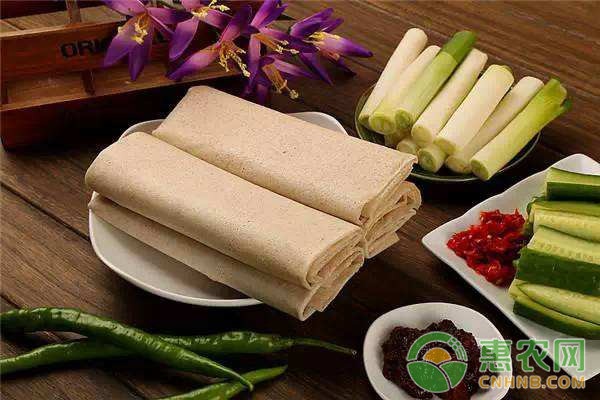Green onions have always been an indispensable condiment on the table, and Xiaobian said that he likes green onions. What management technical points do you need to pay attention to during the cultivation of green onions? Planting green onions requires management, and the water and soil management of the green onions is important.

The green onion is a biennial plant, but cultivated as a 3-year-old cultivation. The traditional cultivation method is to plant in the first year of autumn, and the seedlings will be wintered. In the second year, transplanting in summer will be needed. In the early winter, the scallions will be harvested. When harvesting seeds, the growing plants should be stored in the open field or in the facility for wintering, in 2~5. At the temperature of °C, it is passed through vernalization, and in the third year of spring, it is transplanted to the open field. Under the long daylight, the moss is flowering, and the seeds are harvested in the summer solstice.
(1) Green onions can be broadcast in autumn or spring. Exported green onions, usually spring sowing, harvested scallions at the end of October of that year, sorted and packaged for export. The roots of the green onions are string-shaped fibrous roots, which are mainly distributed in the soil layer 30 cm underground and 15-30 cm horizontal. Green onions are also more demanding on the environment. They prefer cool climatic conditions. The germination temperature is 13~20°C, and the plant growth temperature is 20~25°C. The growth rate is slower than 10°C, and the growth is weaker than 25°C. The leaves are yellow and prone to disease. They are in a semi-dormant state at 35~40 °C, and some of the outer leaves are withered.
(2) Moisture. The onion resistance of the green onion is very strong, but because the root system is weak, it needs to reach 70~80% soil moisture, and the air humidity reaches 60~70%, which is beneficial to the growth. Green onions are low in light, so they are suitable for close planting.

(3) In soil nutrition, the green onions are well drained and grow well in the deep fertile loam. During the whole growth process, the green onions should be mainly nitrogen fertilizer, and more phosphorus and potassium fertilizers are needed after growth.
(4) In the selection of seedlings, the green onions are forbidden to be planted together with the continuous cropping vegetables, and do not choose wild grassland. Otherwise, the seedlings are overgrown with weeds and nurses must have special personnel.
(5) After the crops are harvested before the green onions, the vegetable farmers need to deepen the white onions twice and relax for 20 days. The onion growing period is up to 50 days, so the seedlings should be applied with 1000 kg of decomposed and fertilized.
(6) Exporting green onions, the varieties are generally designated by foreign investors, mainly including: Changbao, Changyue, Mingyan, Jinchang No.3 and so on. For every 100 grams of seed, 35 to 40 square meters of seedbed is needed, so that the seedlings can be transplanted to 1 mu of field. Generally, it is spread and the seeding is very uniform. The regular sowing date is in early April.
The above is the introduction of the green onion cultivation management technology for the cultivating of the farmer's network. The needy vegetable farmers can refer to the study, more professional cultivation of green onion knowledge and more are in the Huinong network!
Hearing protection refers to devices used to protect the ear, either externally from elements such as cold, intrusion by water and other environmental conditions, debris, or specifically from noise. High levels of exposure to noise may result in noise-induced hearing loss. Measures to protect the ear are referred to as hearing protection, and devices for that purpose are called hearing protection devices. In the context of work, adequate hearing protection is that which reduces noise exposure to below 85DB over the course of an average work shift of eight hours.Different types of hearing protection may be utilized to maximize hearing protection. OSHA regulations dictate whether hearing protection is required and if the company must participate in a hearing conservation program.
Hearing Protection,Hearing Protection Earmuff,Hearing Protective Ear Muff,Surround Type Earmuff
Greateagle Safety Products Co., Ltd. , https://www.greateaglesafety.com